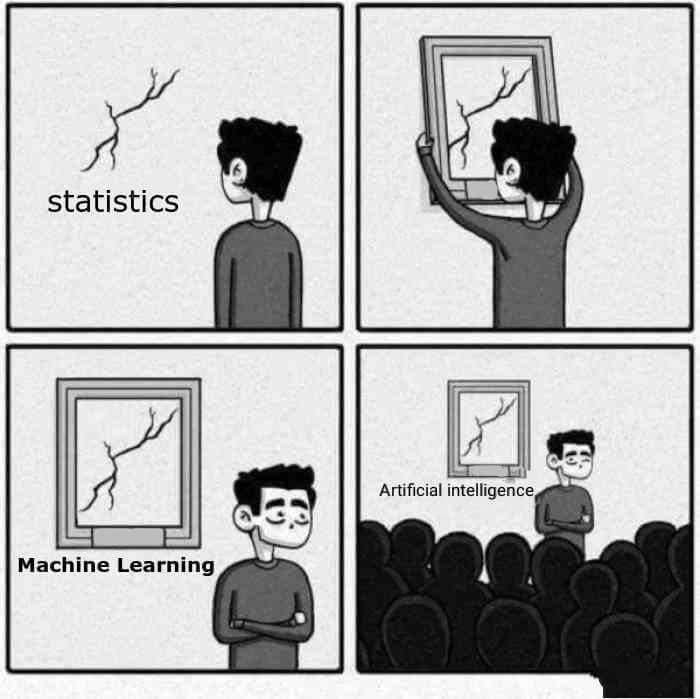When I started the Advanced Mathematical Statistics course, I found myself on the verge of mathematical complexities, armed with resolve but lacking in expertise. I had no idea that this journey would turn out to be a transforming odyssey, with the leadership of a fantastic professor serving as the North Star of my academic expedition.
The first steps were hesitant, with complicated theorems and abstract concepts threatening to overwhelm. The seemingly overwhelming became a conquerable obstacle. Lessons went beyond textbooks, bringing theories to life and making statistics more approachable.
Traditional statistics training frequently focuses on abstract theories and formulaic applications. The projects in this course, on the other hand, broke that mould, necessitating an application-driven approach. Working with real-world datasets taught me that statistics is more than just numbers and formulas, it is a dynamic instrument for pulling valuable insights from the chaos of raw data.
Practical Applications: Each project posed a new challenge, requiring the use of statistical approaches I had never heard of before to tackle complex, multilayered problems. The projects stretched the bounds of understanding, from analysing economic data to anticipating future trends. They were more than just exercises; they led to a deep realisation: the true strength of statistics lay in its ability to uncover patterns, forecast outcomes, and inform decision-making. Through these projects, abstract statistical concepts found resonance in practical scenarios. The datasets served as a blank canvas on which hypotheses could be tested, developed, and changed to meet the complexities of real-world scenarios. As I studied economic indicators, police shootings, and health indicators, I saw statistical tools transform from abstract entities to crucial decision-making tools.
These course projects not only improved my statistical knowledge but also shaped my attitude to problem solving. I am more prepared to face the statistical difficulties that await me in the professional landscape now that I understand statistics is a dynamic instrument for prediction and analysis. It breathed life into abstract theories, transformed statistical methods into pragmatic tools, and equipped me with the skills to navigate the intricacies of real-world data.

A great Professor like Gary Davis can turn a difficult subject into an exciting adventure. Patiently answering questions, providing real-world applications, and creating a collaborative environment.
As I bid farewell to the course, I take with me not only new knowledge but also a deep respect for education’s transformational power and the importance of an inspiring mentor. The voyage began with doubt, but it ends with a sense of accomplishment, thankfulness, and the eagerness to apply statistical expertise in the future.